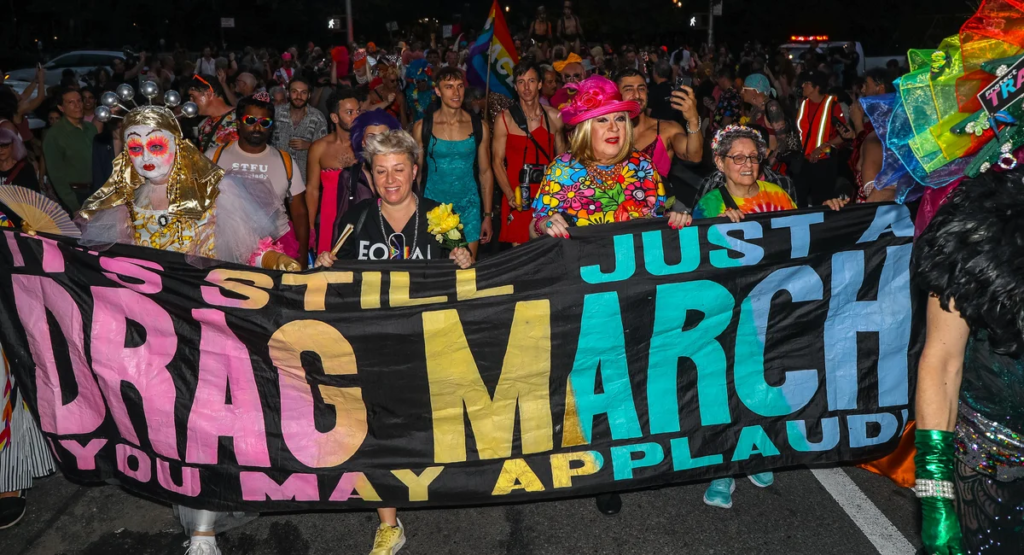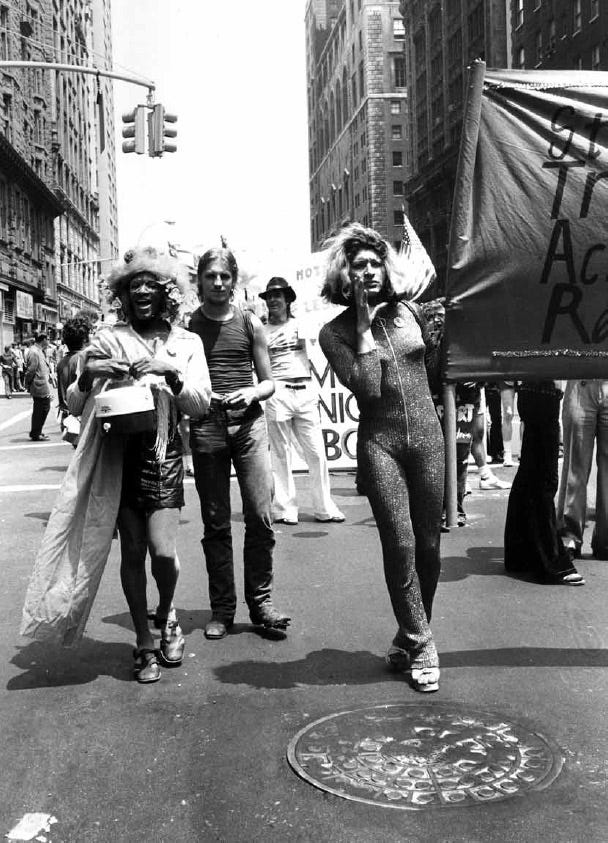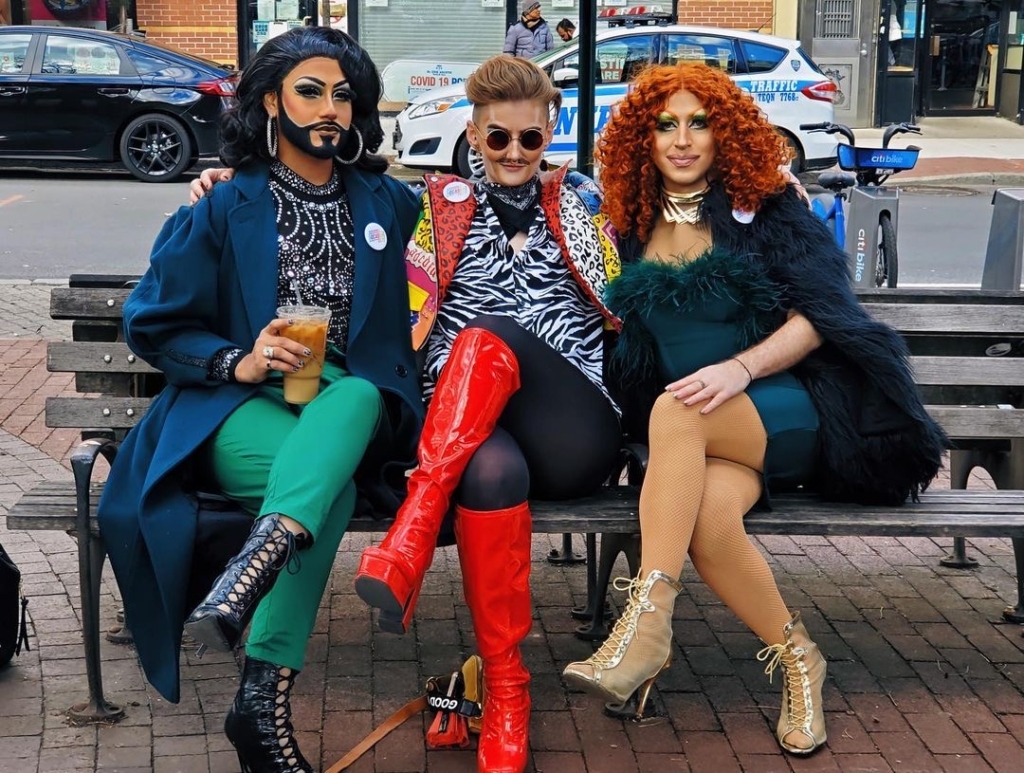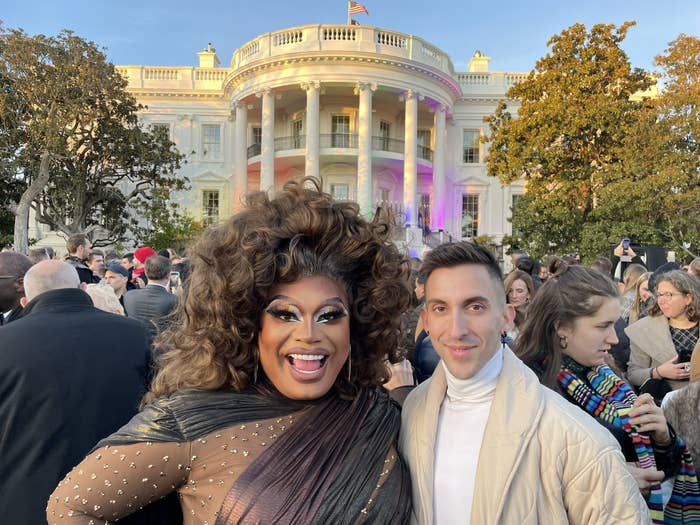Pride & Drag

Pride is a celebration of identity, a defiant act against societal norms, and a powerful force for change within the LGBTQ+ community. Drag artists inspire others to embrace authenticity and challenge stereotypes through their performances. Pride continues to make significant strides toward a more accepting and diverse society by promoting visibility, empowerment, and inclusivity. As we celebrate pride, let us recognize its profound impact and continue to support and uplift the voices of drag performers who are changing the world, one sequin at a time.
A History of Drag

Drag has a rich history that can be traced back to ancient times. That is when cross-dressing and gender-bending performances were part of religious rituals and theatrical traditions. However, during the 20th century, drag gained recognition as a form of entertainment, primarily within LGBTQ+ communities. Drag queens and kings took center stage in underground clubs and bars. They created spaces where people could freely express their gender identities and celebrate their individuality.
Authenticity and Self-Expression

Pride embodies the core values of authenticity and self-expression. Drag performers meticulously construct their unique personas, often using extravagant costumes, wigs, and makeup to transform themselves into larger-than-life characters. Through their performances, drag artists blur the lines of gender. This allowed individuals to explore and embrace different facets of their identities. Drag provides a platform for LGBTQ+ individuals to step into the spotlight and showcase their talents. They can do this all while challenging societal expectations and stereotypes.
Shattering Stereotypes

One of the most significant contributions of pride is its ability to shatter stereotypes and broaden societal understanding of gender and sexuality. Drag performances defy the notion that gender is binary, showcasing a spectrum of identities and expressions. Breaking down these barriers, drag challenges preconceived notions and invites conversations about the fluidity and complexity of human identity. Through their art, drag performers demonstrate that self-acceptance and self-love are not limited to conforming to societal norms but rather arise from embracing one’s authentic self.
Visibility and Empowerment

Pride plays a vital role in the visibility and empowerment of the LGBTQ+ community. Drag queens and kings often serve as ambassadors for the community. They use their platforms to raise awareness about important social issues and advocate for equal rights. Their visibility in mainstream media and popular culture has helped to humanize LGBTQ+ individuals. It fosters understanding and acceptance among broader audiences. Pride celebrations, such as marches, parades, and drag shows, create spaces where people can come together, celebrate diversity, and stand in solidarity with the LGBTQ+ community.
The Impact of Drag Pride
The impact of pride extends beyond entertainment and performance. It has paved the way for greater acceptance of LGBTQ+ individuals, challenging discriminatory practices and promoting inclusivity. Drag artists have become role models for countless individuals. They inspire them to embrace their true selves and provide a sense of belonging to those who may have felt marginalized or misunderstood. Drag in pride has also influenced popular culture, fashion, and art, injecting elements of queerness into mainstream society and fostering a more accepting and diverse world.